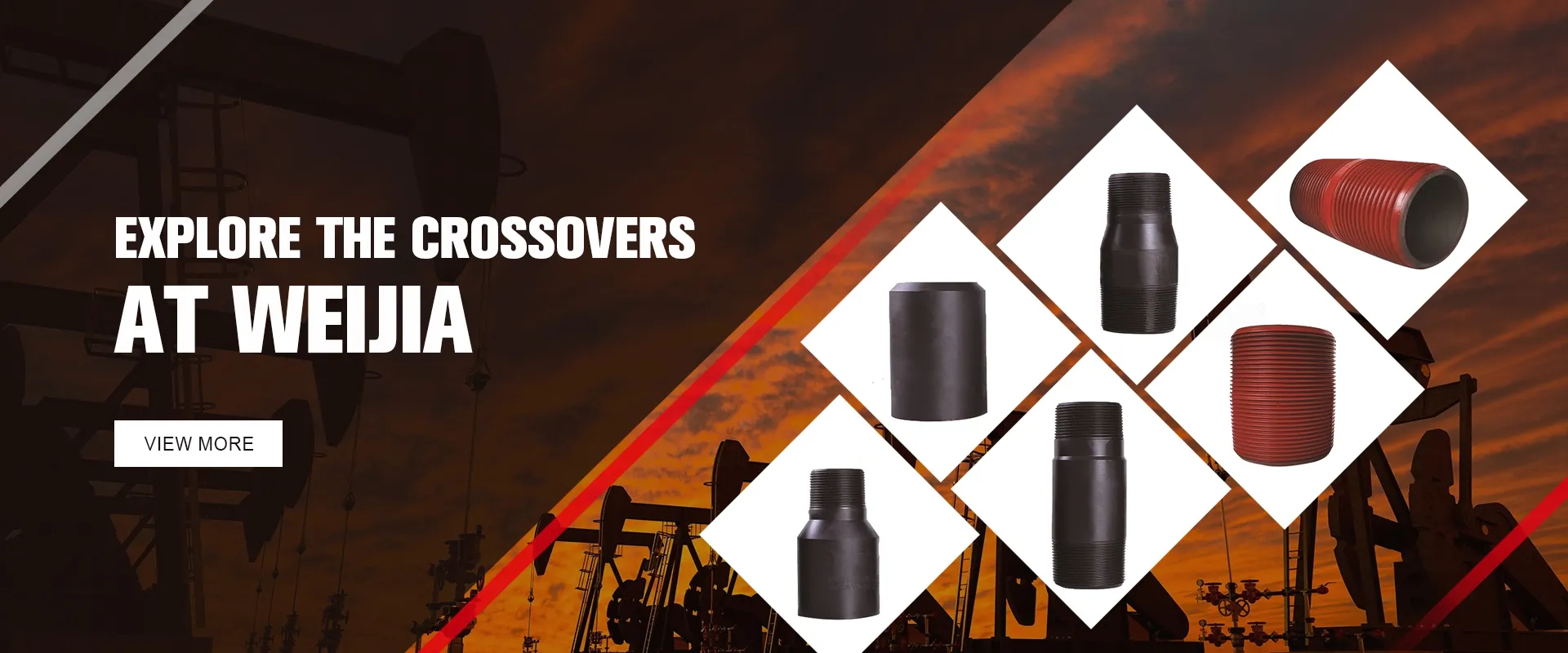- Afrikaans
- Albanian
- Amharic
- Arabic
- Armenian
- Azerbaijani
- Basque
- Belarusian
- Bengali
- Bosnian
- Bulgarian
- Catalan
- Cebuano
- Corsican
- Croatian
- Czech
- Danish
- Dutch
- English
- Esperanto
- Estonian
- Finnish
- French
- Frisian
- Galician
- Georgian
- German
- Greek
- Gujarati
- Haitian Creole
- hausa
- hawaiian
- Hebrew
- Hindi
- Miao
- Hungarian
- Icelandic
- igbo
- Indonesian
- irish
- Italian
- Japanese
- Javanese
- Kannada
- kazakh
- Khmer
- Rwandese
- Korean
- Kurdish
- Kyrgyz
- Lao
- Latin
- Latvian
- Lithuanian
- Luxembourgish
- Macedonian
- Malgashi
- Malay
- Malayalam
- Maltese
- Maori
- Marathi
- Mongolian
- Myanmar
- Nepali
- Norwegian
- Norwegian
- Occitan
- Pashto
- Persian
- Polish
- Portuguese
- Punjabi
- Romanian
- Russian
- Samoan
- Scottish Gaelic
- Serbian
- Sesotho
- Shona
- Sindhi
- Sinhala
- Slovak
- Slovenian
- Somali
- Spanish
- Sundanese
- Swahili
- Swedish
- Tagalog
- Tajik
- Tamil
- Tatar
- Telugu
- Thai
- Turkish
- Turkmen
- Ukrainian
- Urdu
- Uighur
- Uzbek
- Vietnamese
- Welsh
- Bantu
- Yiddish
- Yoruba
- Zulu
steel coupling
The Importance of Steel Coupling in Modern Engineering
In the realm of modern engineering, particularly in the fields of construction and machinery, the term steel coupling refers to a versatile mechanical component that plays a crucial role in connecting different parts of a system. Couplings are essential in transmitting power, torque, and motion between rotating shafts in various mechanical applications, thereby ensuring operational efficiency and reliability. The importance of steel couplings cannot be overstated as they contribute significantly to the overall performance, durability, and safety of engineering systems.
What is Steel Coupling?
Steel couplings are devices used to connect two shafts together, allowing for the transfer of energy from one to the other. Made predominantly from high-strength steel, these couplings are designed to withstand high levels of torque and stress, making them suitable for applications in industries such as automotive, aerospace, manufacturing, and construction. Their construction varies, with some designs featuring additional components such as elastomers or flexible elements to absorb vibrations and misalignments, which often occur in rotating systems.
Types of Steel Couplings
There are various types of steel couplings, each designed for specific applications. Some of the most common types include
1. Rigid Couplings These are used to connect two shafts that need to maintain precise alignment. They are typically made from solid steel and are ideal for high-torque applications.
2. Flexible Couplings This type can accommodate misalignments and are often used in applications where shafts are not perfectly aligned. They provide better shock absorption and are available in several designs, including jaw, helical, and bellows couplings.
3. Fluid Couplings Used in heavy machinery, fluid couplings use hydraulic fluid to transfer power between shafts, providing smooth acceleration and mitigating shock loads.
4. Oldham Couplings Known for their ability to accommodate angular and axial misalignment, these couplings feature a central disc that allows for movement while maintaining torque transmission.
Advantages of Steel Couplings
steel coupling

The use of steel couplings in mechanical systems offers multiple advantages
- Durability and Strength Steel is known for its tensile strength and durability. Steel couplings can endure high levels of stress and rigorous operating conditions, resulting in a longer lifespan compared to couplings made from other materials.
- High Torque Capacity Steel couplings are engineered to handle significant torque loads, making them ideal for heavy-duty applications where power transmission is critical.
- Maintenance-Free Operation Many steel couplings are designed to operate without the need for lubrication or regular maintenance, reducing downtime and operational costs.
- Vibration Damping Flexible steel couplings are effective in absorbing vibrations and mitigating shocks, which can protect machinery from wear and tear.
Applications of Steel Couplings
Steel couplings are widely used across various sectors. In the automotive industry, they connect engine shafts to transmission systems, ensuring efficient power transfer. In manufacturing, they are employed in conveyor systems, facilitating the movement of materials while maintaining alignment. The aerospace sector utilizes steel couplings in aircraft engines to connect different components, ensuring safe and reliable operation.
In construction, steel couplings are integral to cranes and other heavy lifting equipment, providing the necessary strength to lift and move loads safely. Their versatility makes them fundamental components in the design and operation of numerous engineering systems.
Conclusion
In summary, steel couplings are indispensable components in modern mechanical engineering. Their ability to efficiently connect and transmit power between shafts enhances the performance and reliability of various machines and structures. From their robust construction to their wide-ranging applications, steel couplings exemplify the critical role that mechanical components play in the advancements of technology and engineering. As industries continue to evolve and demand more efficient solutions, the significance of steel couplings will undoubtedly remain at the forefront of engineering innovation.
-
Tubing Pup Joints: Essential Components for Oil and Gas OperationsNewsJul.10,2025
-
Pup Joints: Essential Components for Reliable Drilling OperationsNewsJul.10,2025
-
Pipe Couplings: Connecting Your World EfficientlyNewsJul.10,2025
-
Mastering Oilfield Operations with Quality Tubing and CasingNewsJul.10,2025
-
High-Quality Casing Couplings for Every NeedNewsJul.10,2025
-
Boost Your Drilling Efficiency with Premium Crossover Tools & Seating NipplesNewsJul.10,2025







